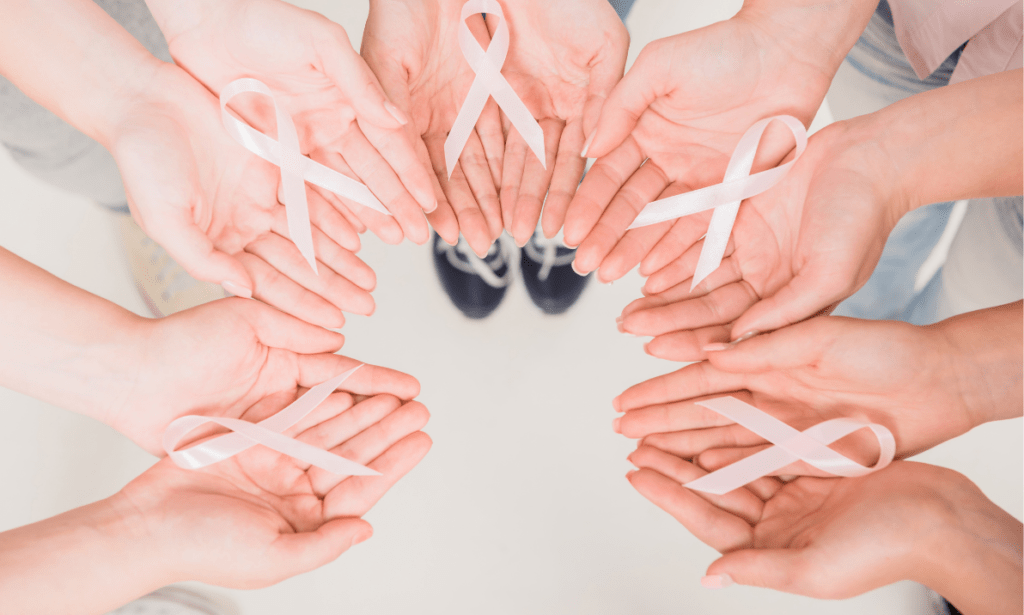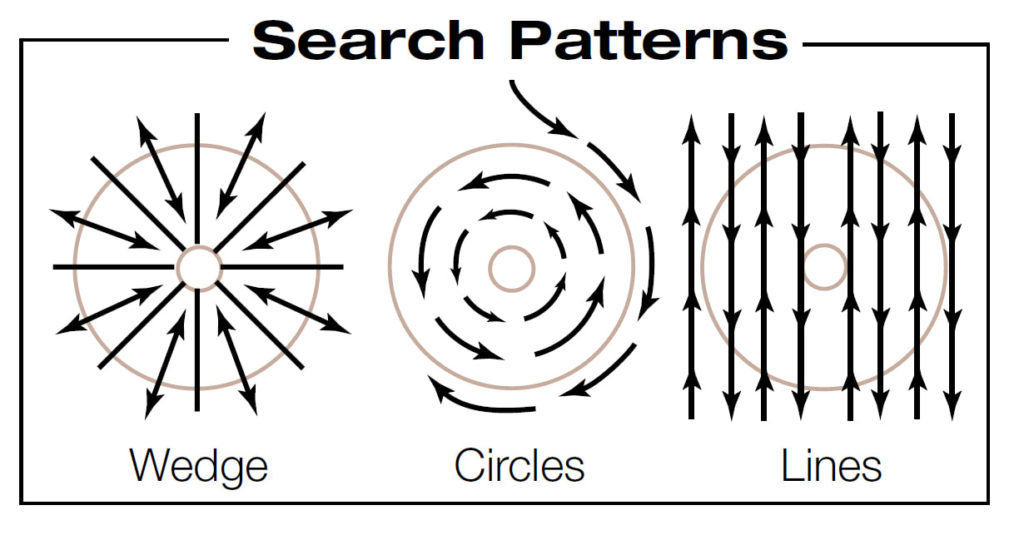TOUCH, LOOK, CHECK.
Touch, learn what is normal for you.
Look for changes.
Check anything unusual with your doctor or at the clinic.
You can check NOW for signs of breast cancer
- Stand with your arms relaxed by your side, look for any changes in shape, color, texture, or if the nipple has changed direction.
- Place your hands on your hips and bend forward. Check that your breasts move evenly and have a similar shape.
- Stand with one hand behind your head, using three fingers to examine the opposite breast. Using the three recommended search patterns, start with your armpit and finishing with the nipple.
5. Lying with a pillow under your back, repeat the steps above again.
6. Place your thumb and forefinger on the tissue around the nipple and press…be aware of any normal discharge.
Things to look out for…
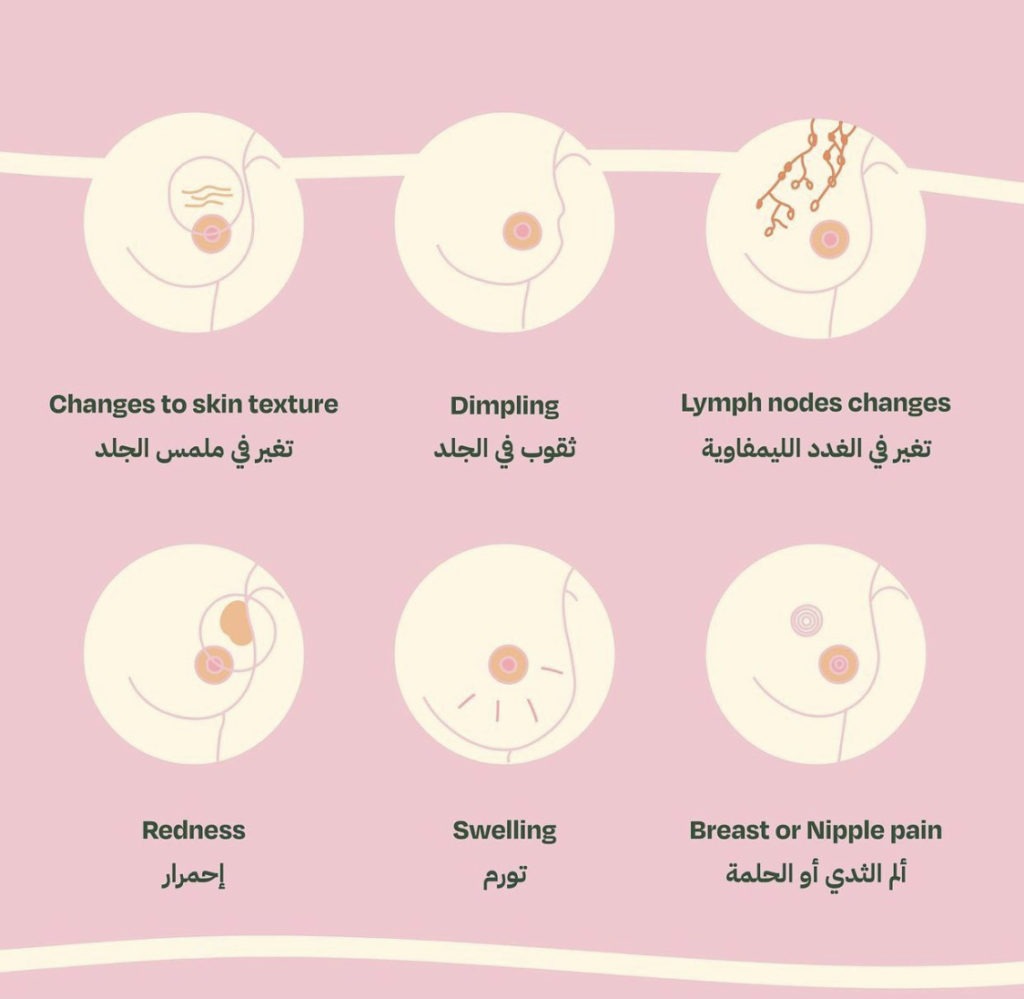
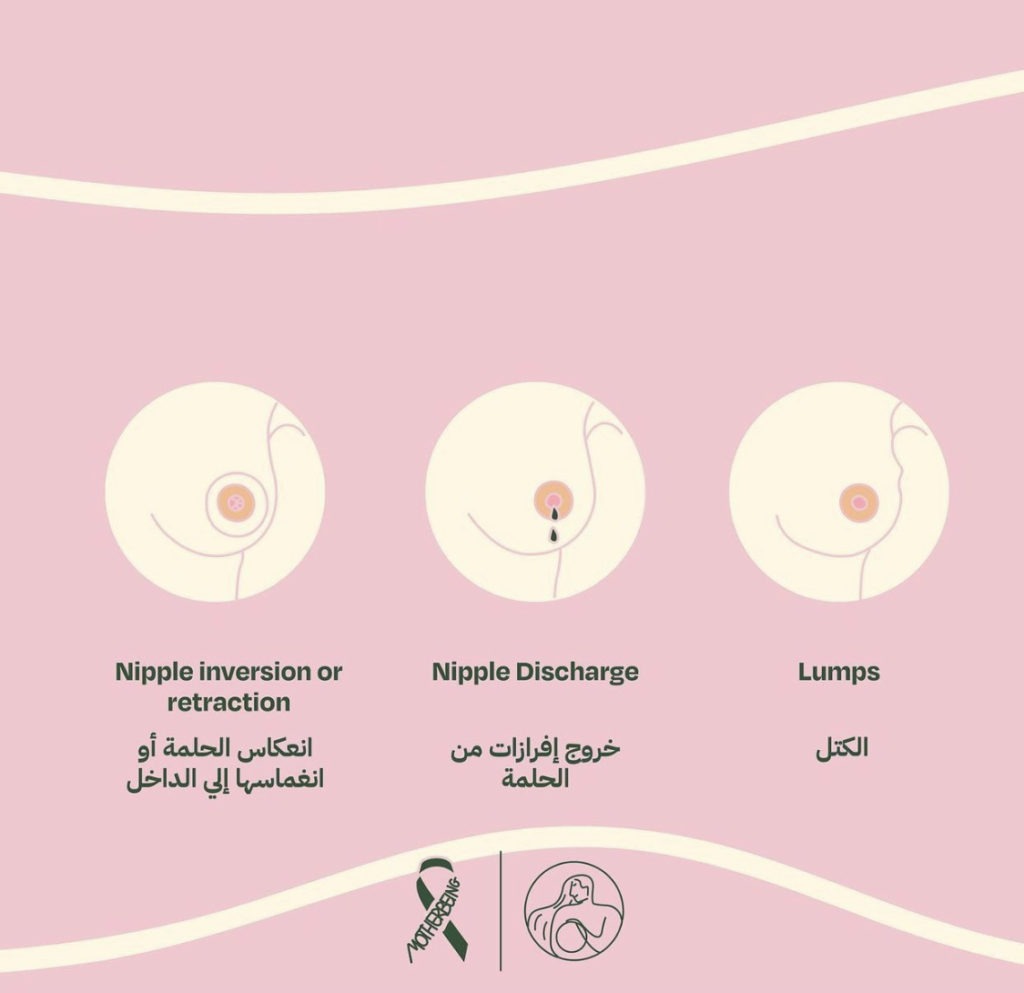
Risk Factors
Genetic
- Starting menstrual periods early
- Having a family history of breast cancer from a first-degree relative
- Inheriting BRCA1 and BRCA2 genes (genetic testing can be done to look for any mutations in these genes)
- Having dense breast issue
Lifestyle
- Some birth control methods
- Breast implants
- Being overweight or obese
- Lack of physical activity
- Hormone theraphy after menopause
- Drinking alcohol
It’s okay to feel anxious
We know that this is a sensitive topic for many, and sometimes increased anxiety levels make it harder to carry out your own examination.
Breast cancer is not a death sentence. We encourage you to take a female loved one and go get checked together.
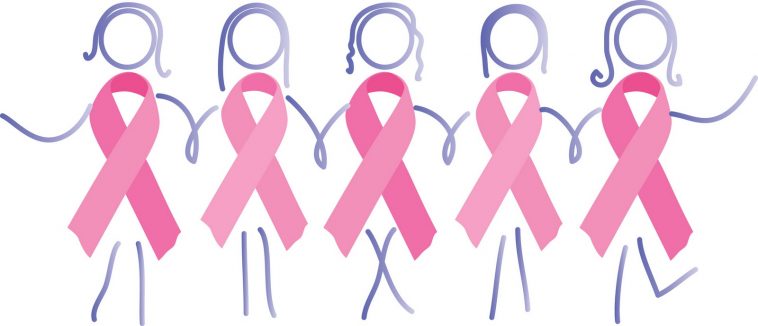
An early diagnosis could mean a better chance of successful treatment.
You might also want to keep a ‘self-examination’ journal to jot down anything you may notice which will help spot changes over time. There are also some great applications that allow you to set monthly reminders and have a notes section too.
Recommended Applications: Breast Check Now | Know Your Lemons | iCheck


